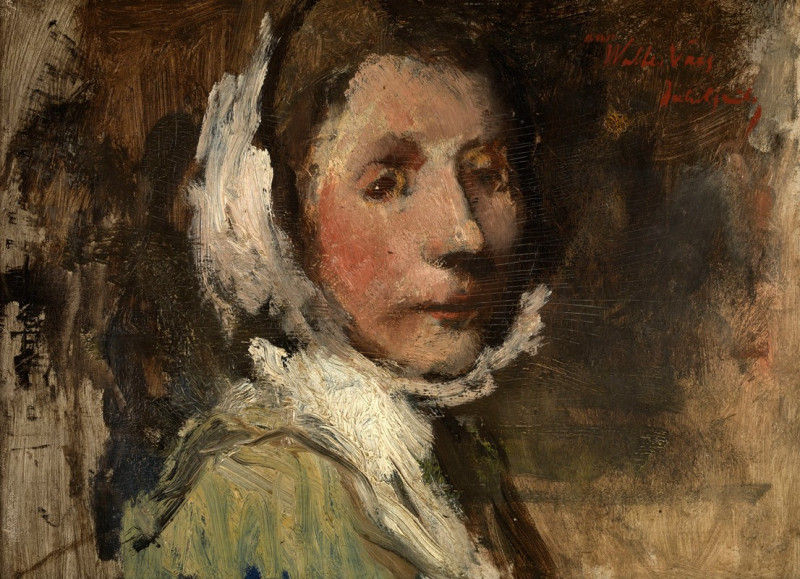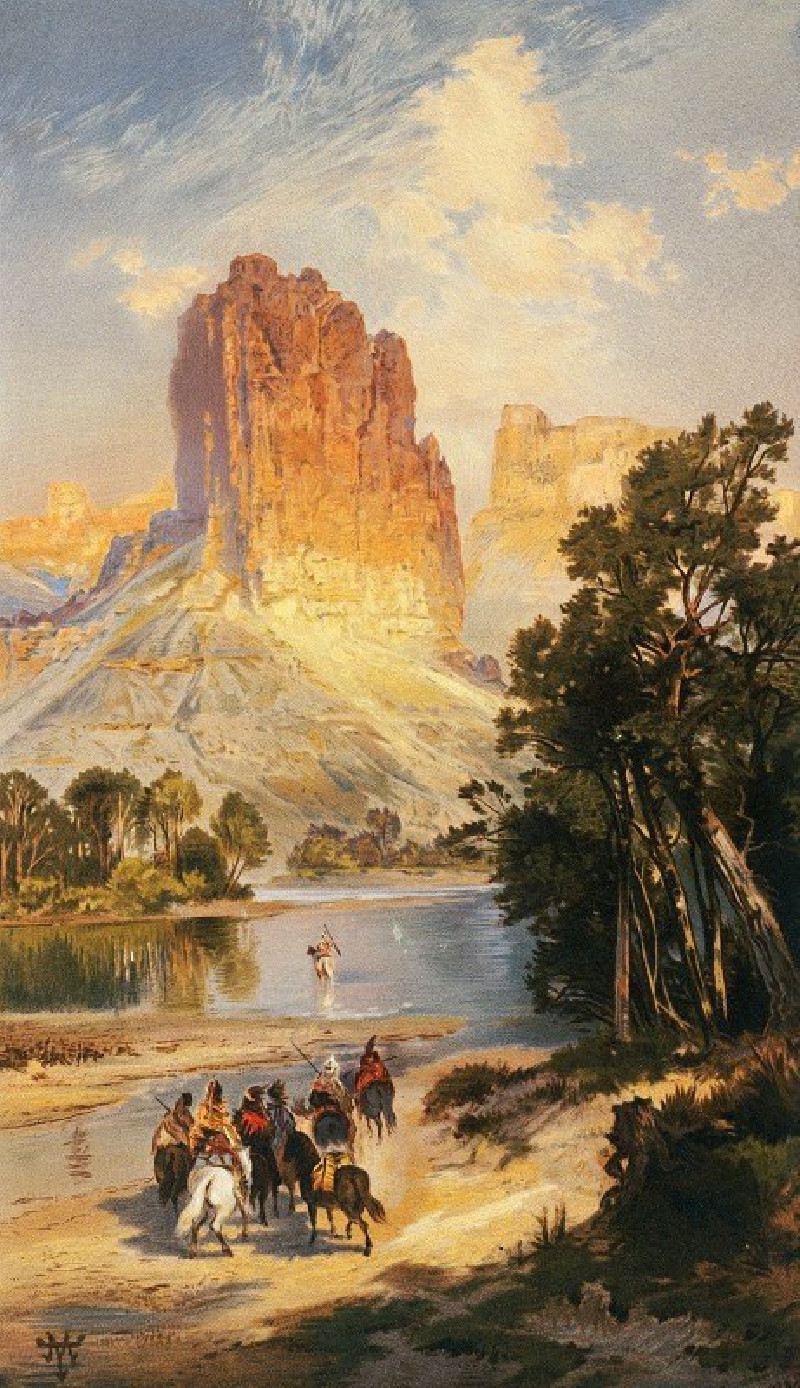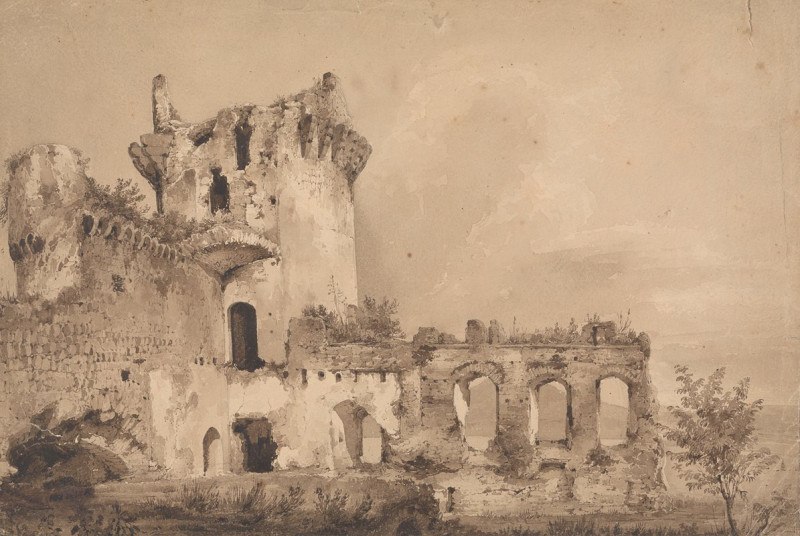Le Toco. (1806)
Technique: Giclée quality print
Recommended by our customers
More about this artwork
Jacques Barraband's detailed and vivid painting "Le Toco" showcases his mastery in ornithological illustration. This artwork, completed in 1806, presents an exquisite depiction of a toucan, captured with scientific precision and an artist's eye for beauty. The toucan is poised elegantly on a branch, the stark white background emphasizing its striking features and rich, natural colors.Barraband's rendering highlights the toucan’s distinctive black plumage, juxtaposed with the bright orange and yellow bill, known for its sizable and colorful appearance. The bird's eye, encircled with an orangish ring, lends a piercing look, enhancing its expressive face. The white throat patch and the subtle red undertones at the base of the tail add to the vibrancy of this work, making it more than just a scientific illustration but a piece of art that celebrates the splendor of nature."Le Toco" stands out as a testament to Barraband's skill in the naturalist art movement, wherein every feather and color transition is reproduced with impeccable attention to detail.



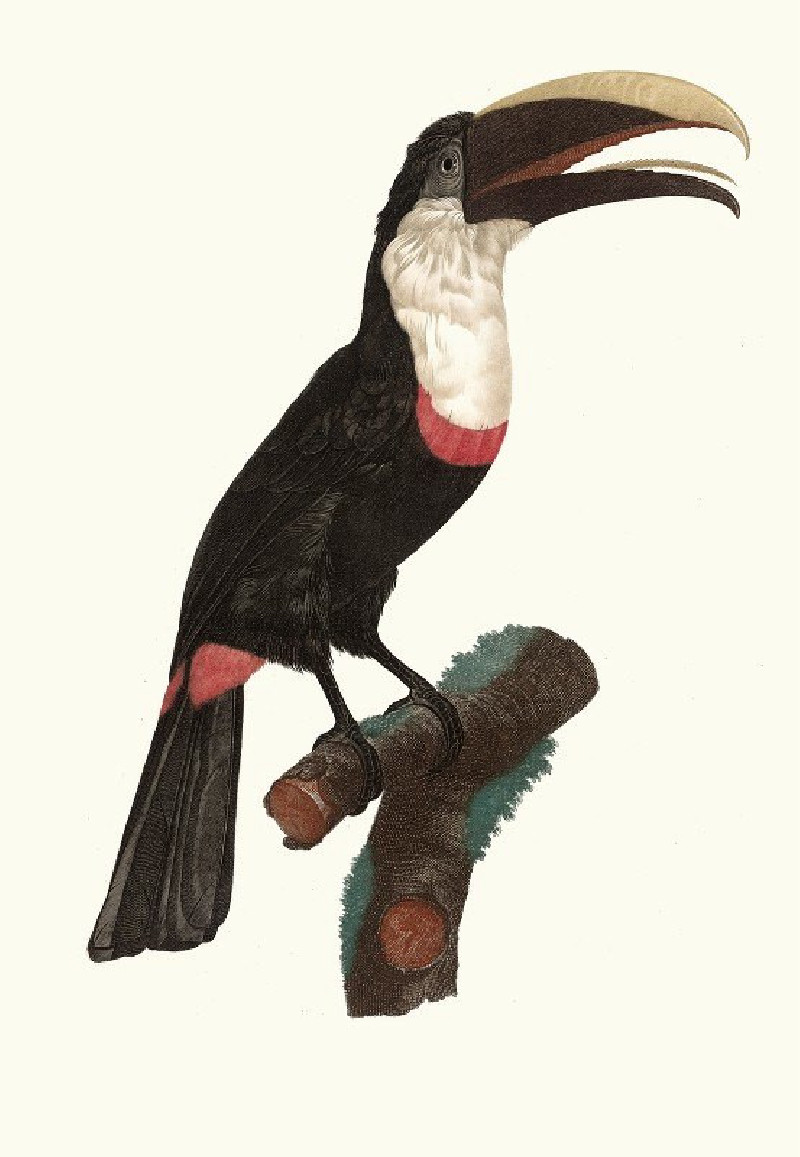
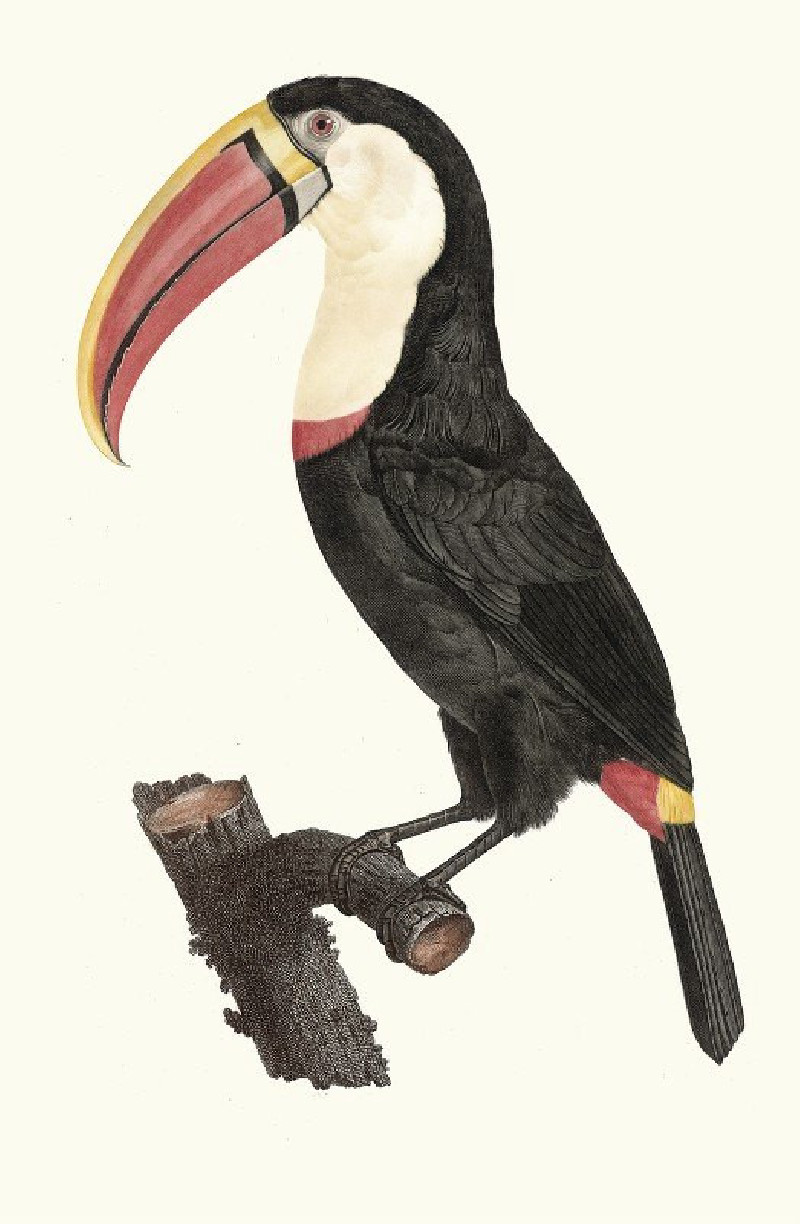

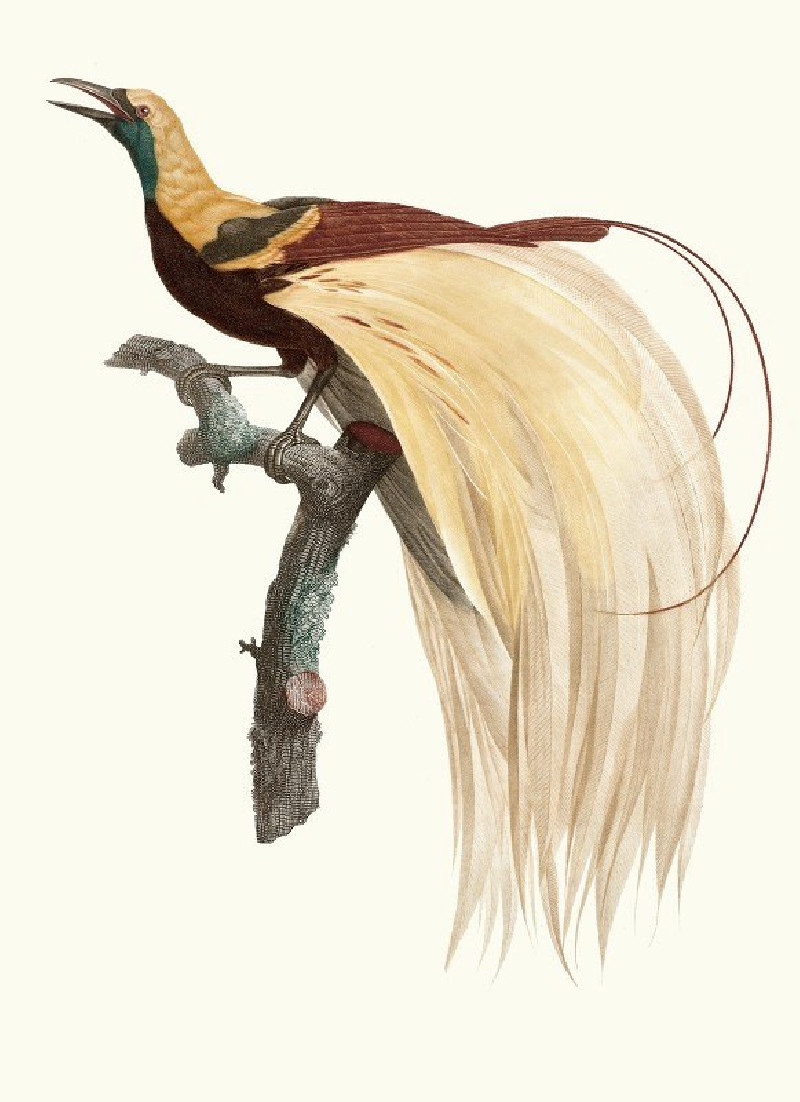
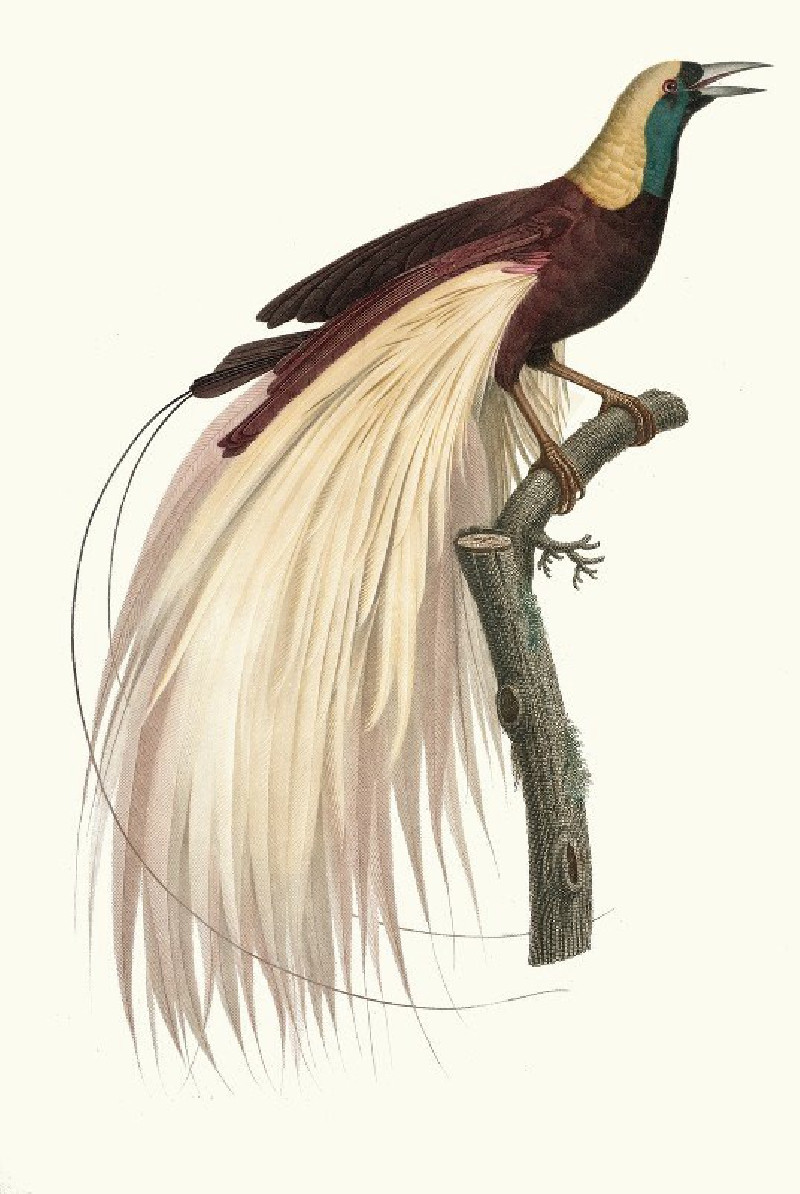
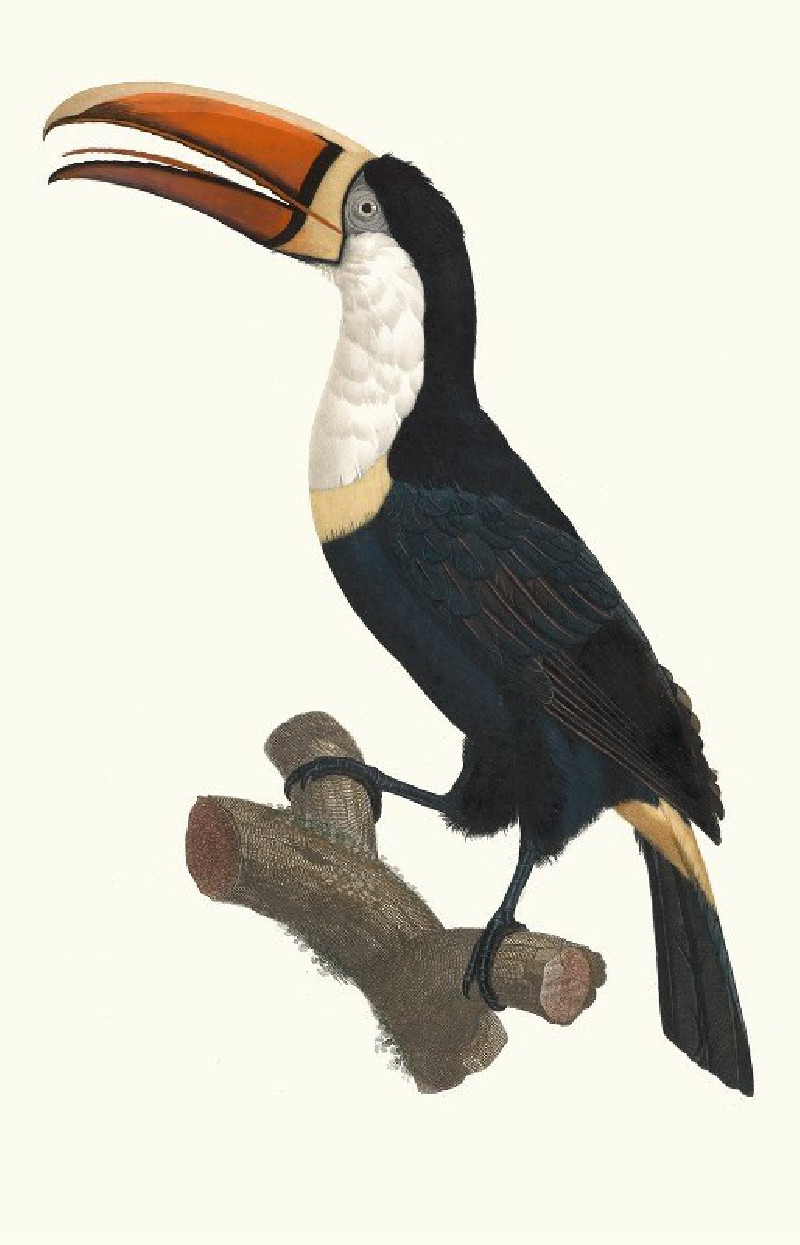
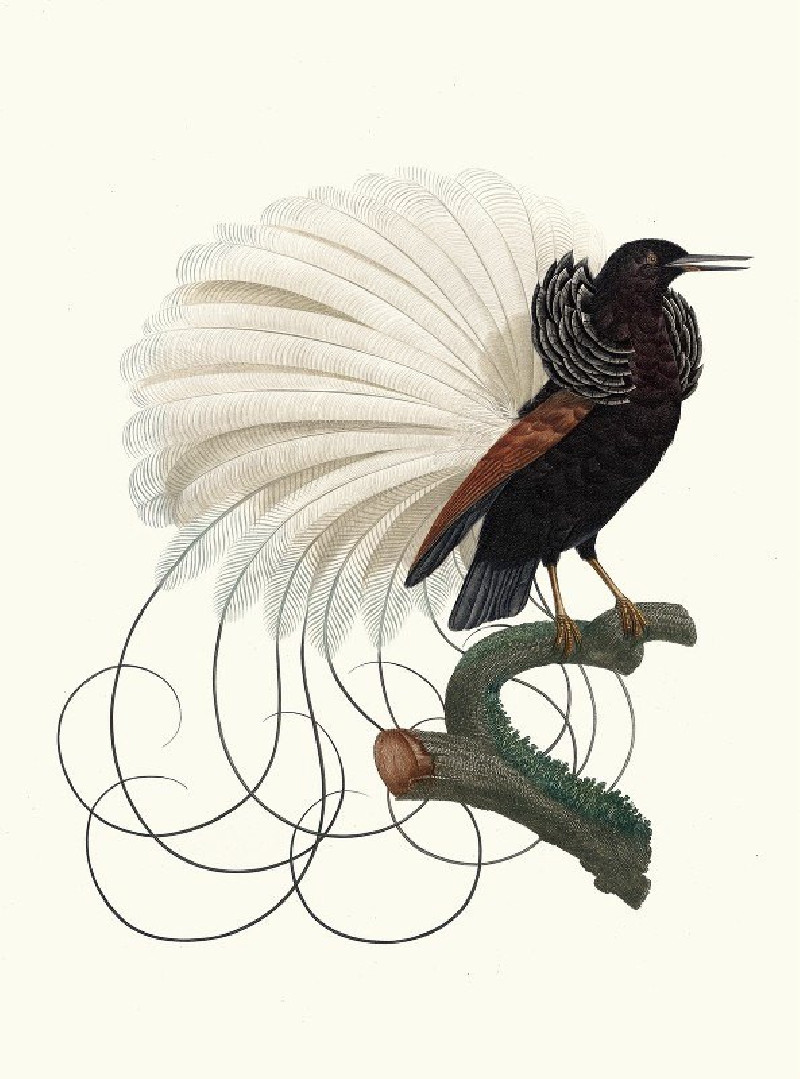
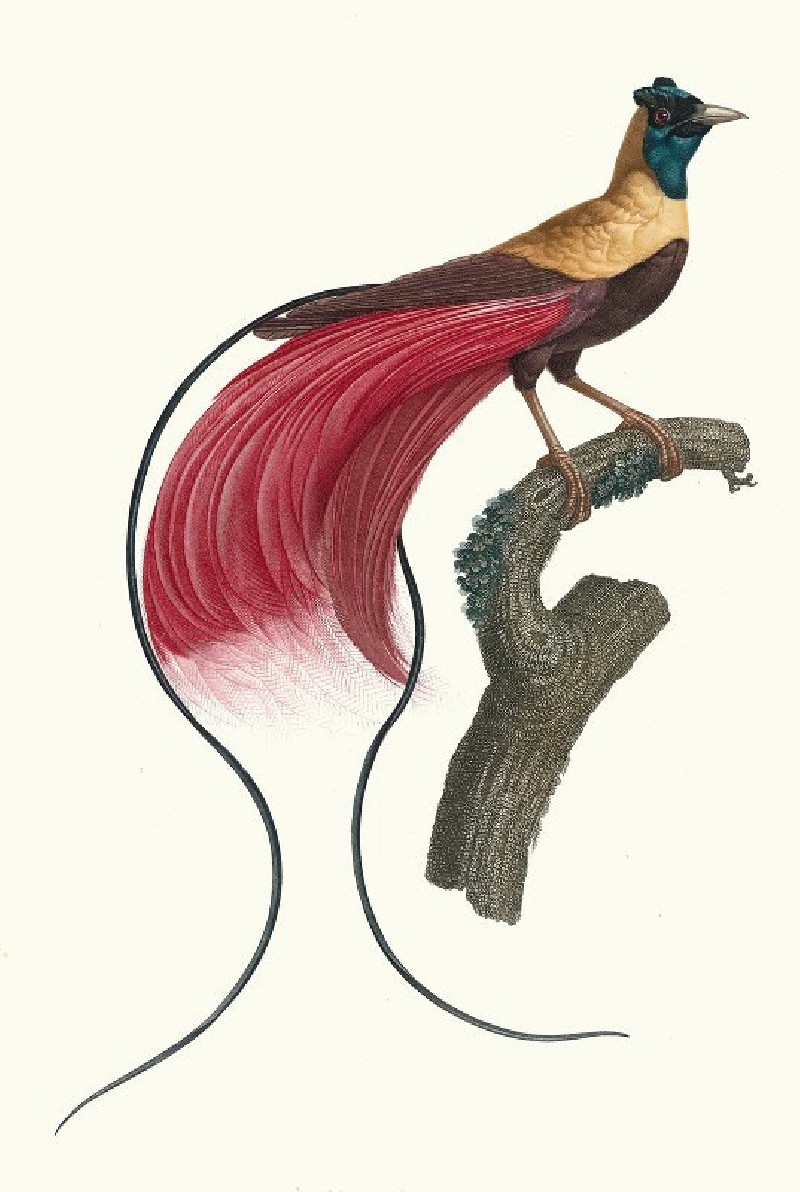

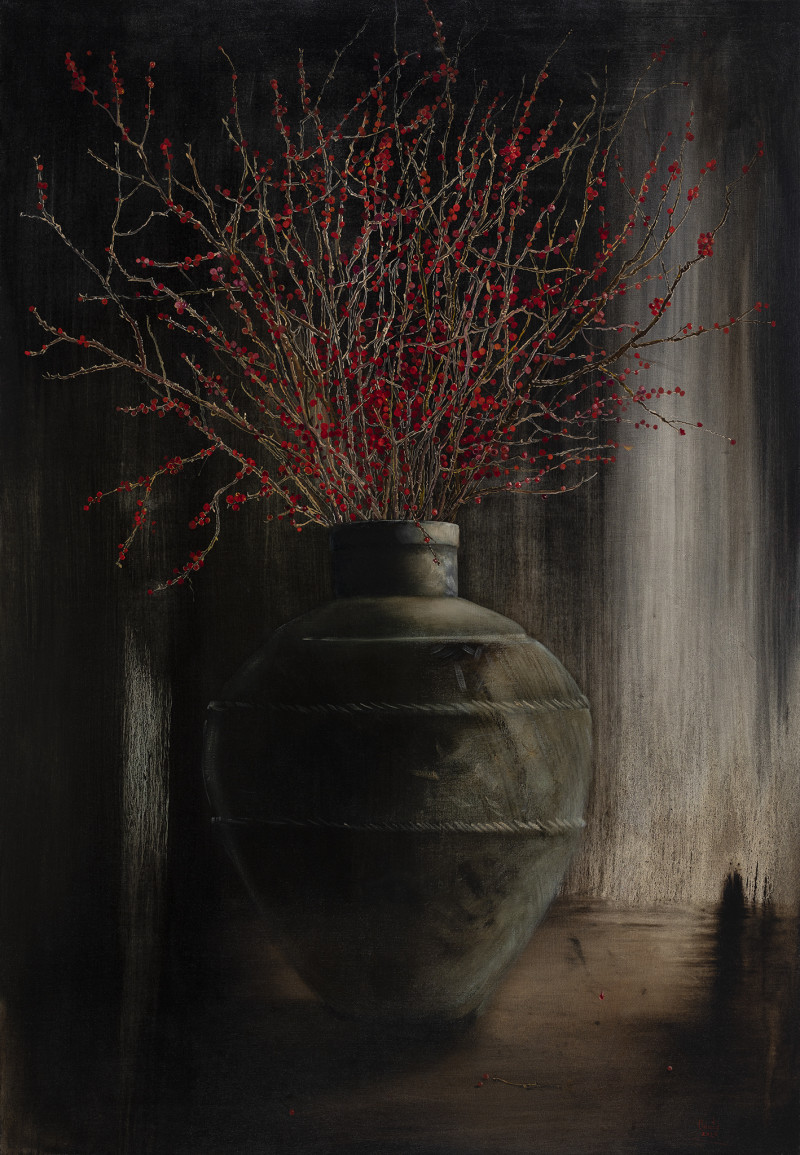
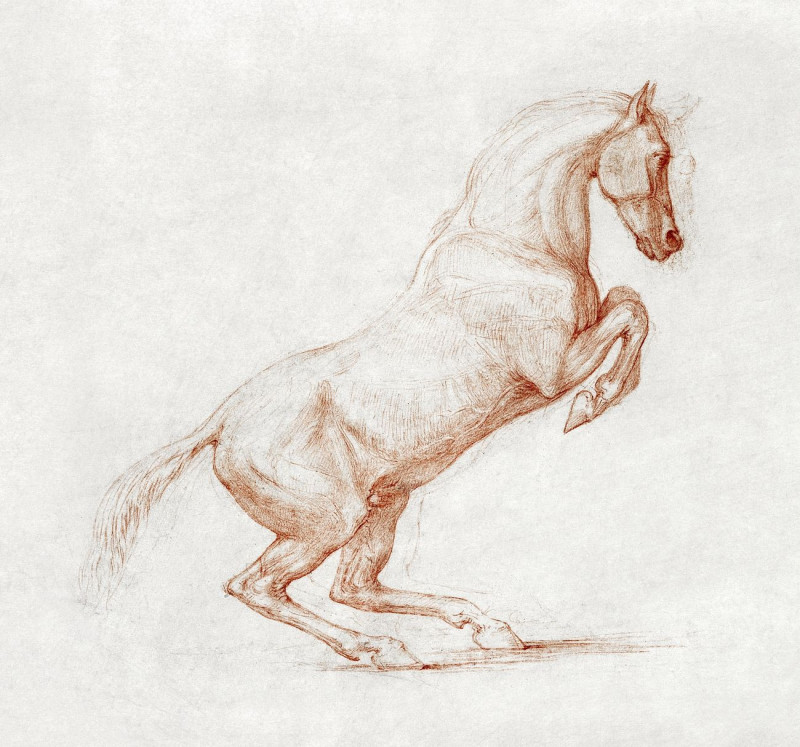
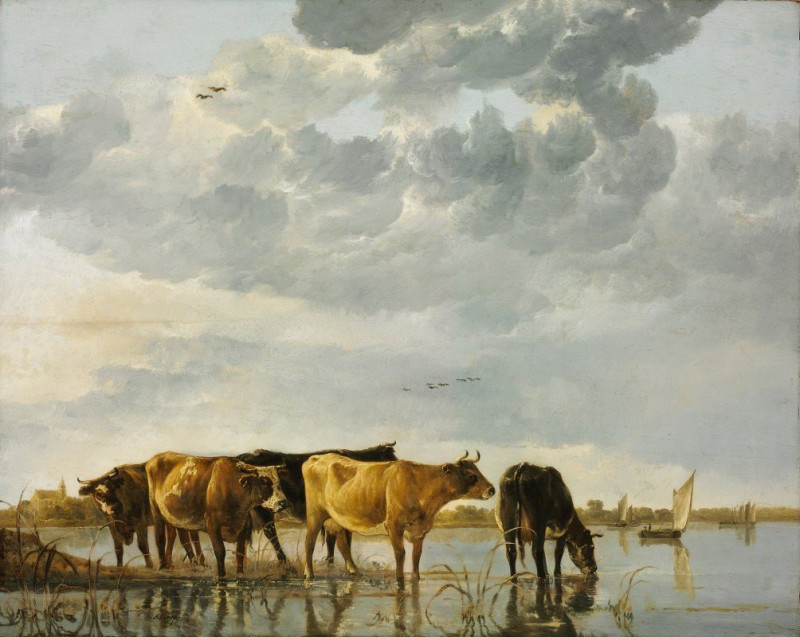
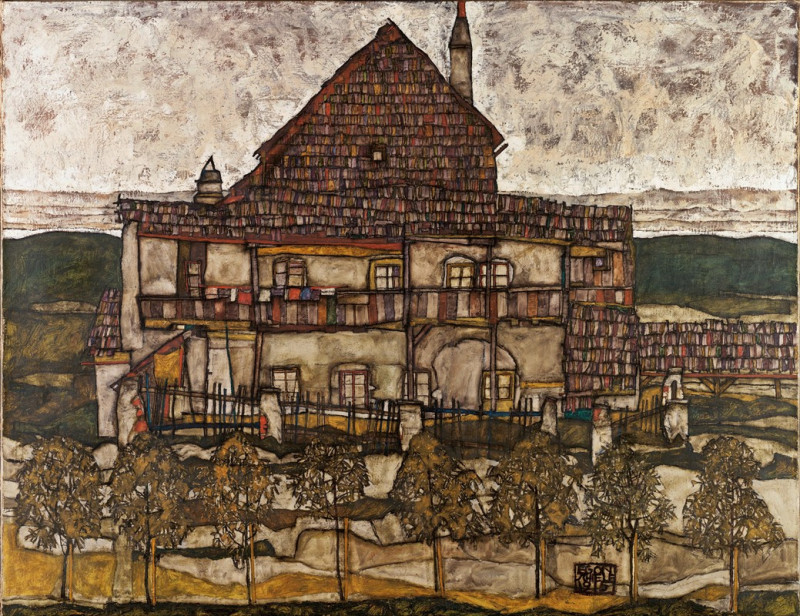
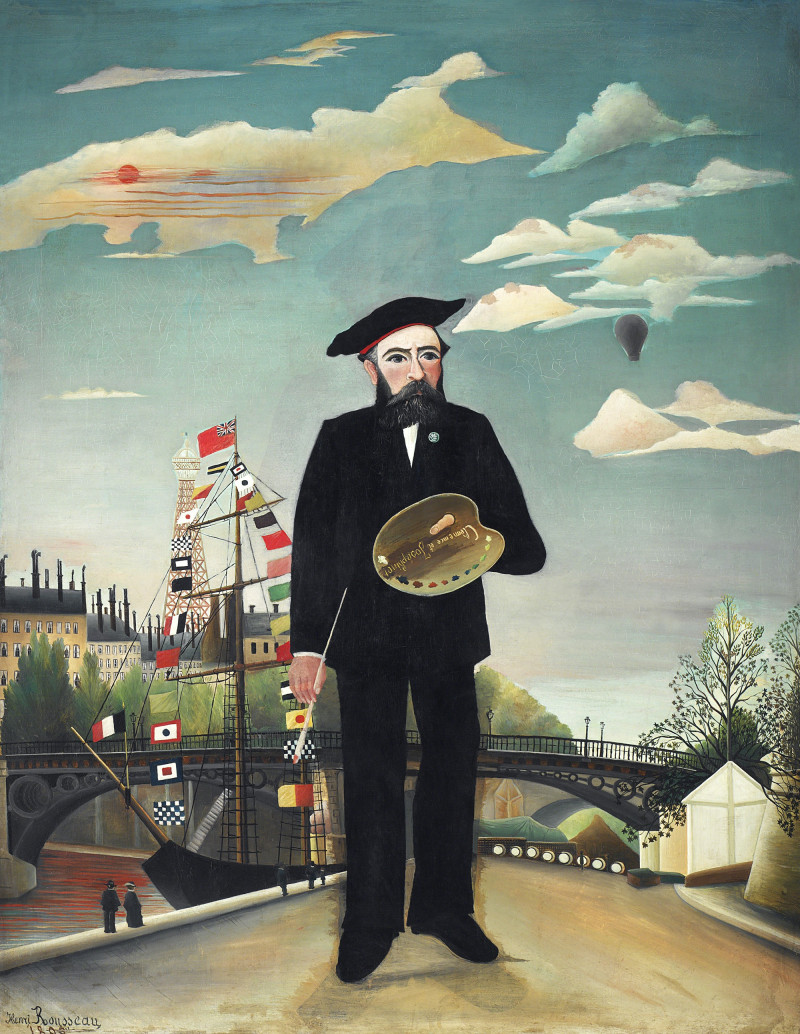
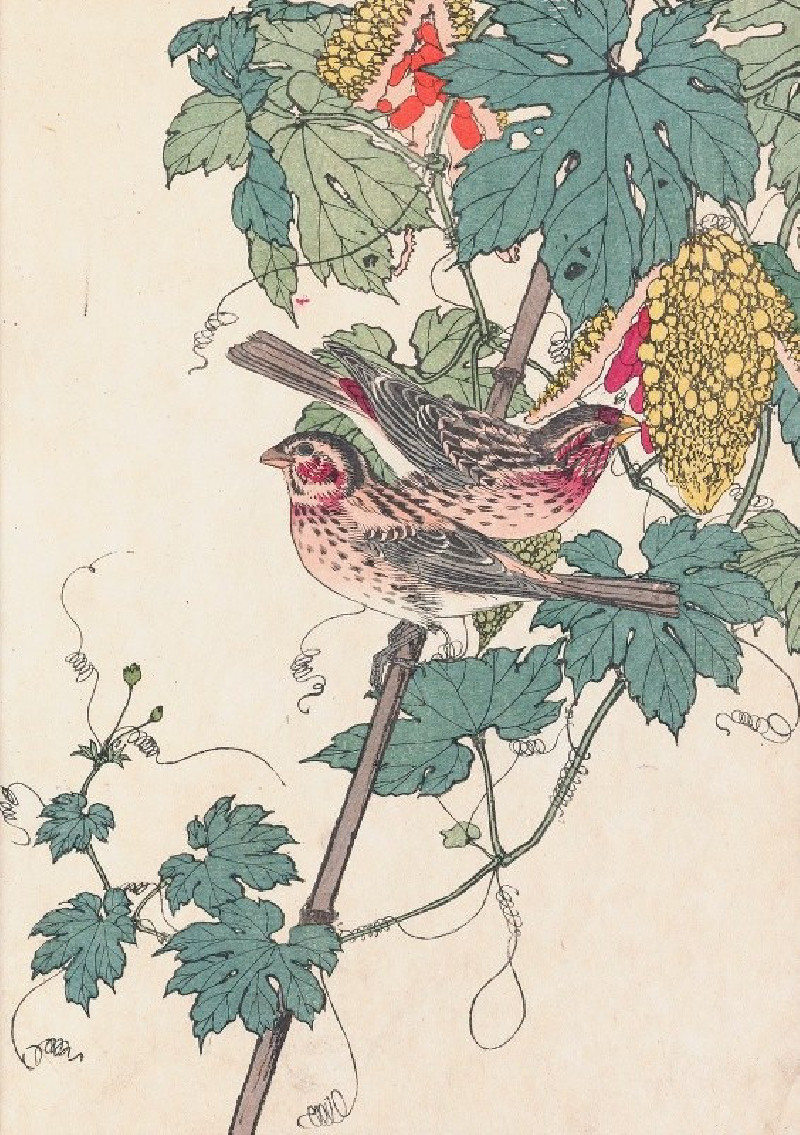
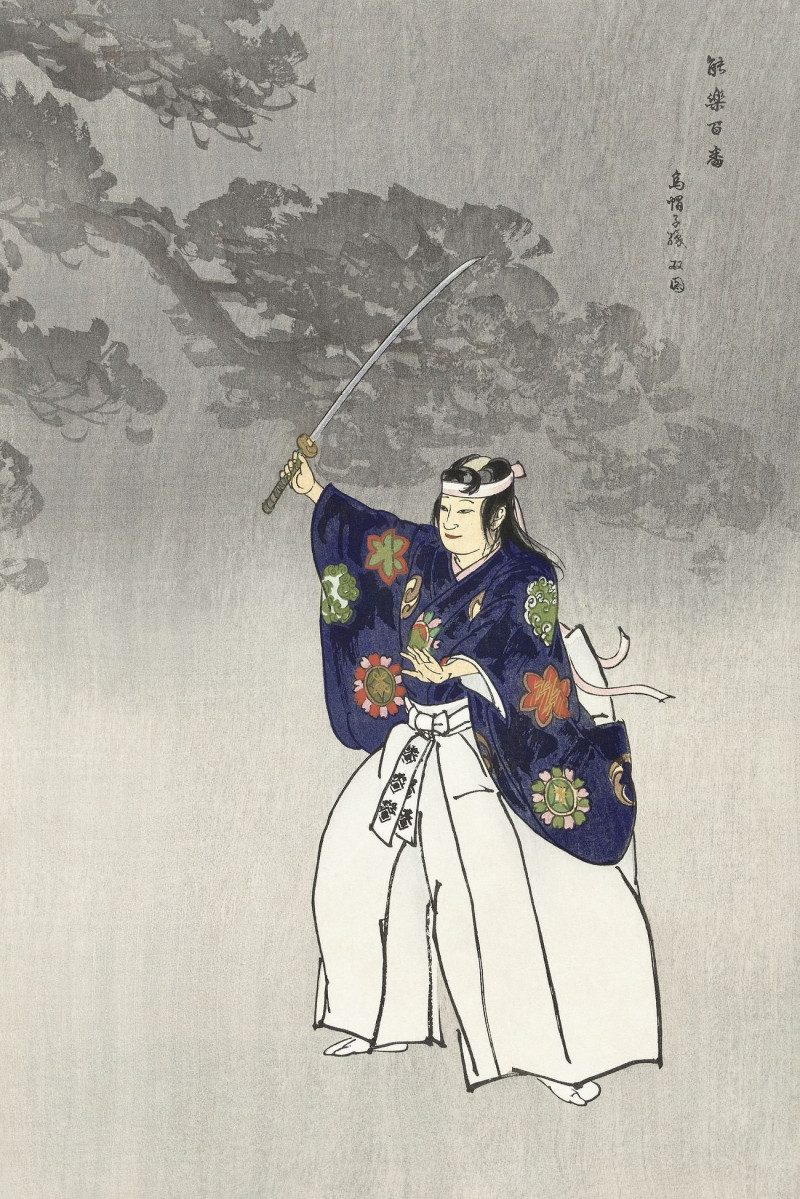
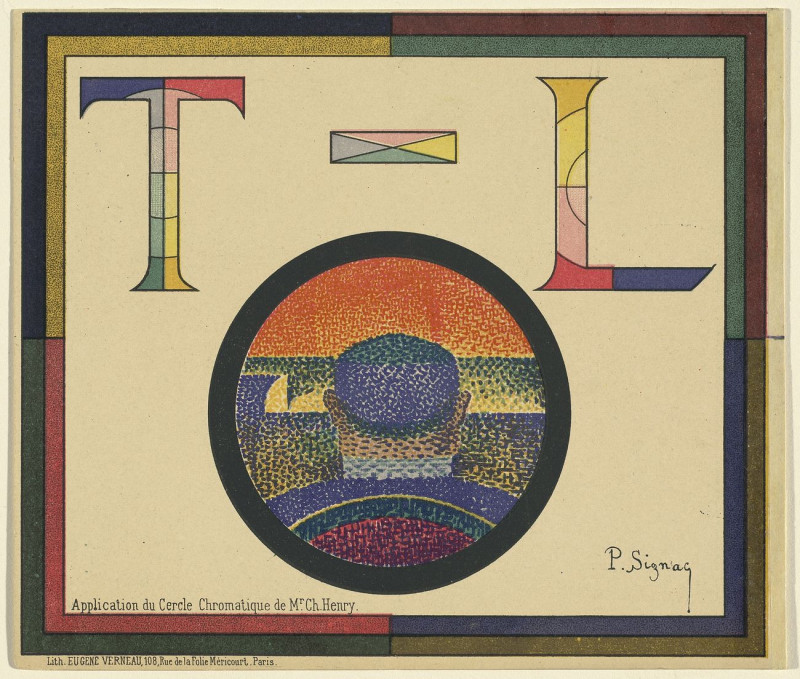

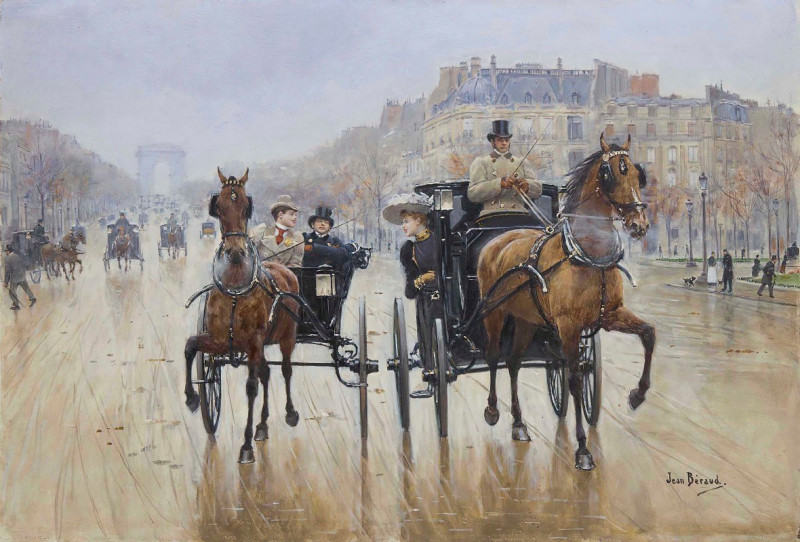
![Old Mosque at Rajemahl [Rajmahal] reproduction of painting by Samuel Davis. ALL GICLEE PRINTS](https://reprodukcijos.lt/47366-large_default/reproduction-of-old-mosque-at-rajemahl-rajmahal.jpg)
